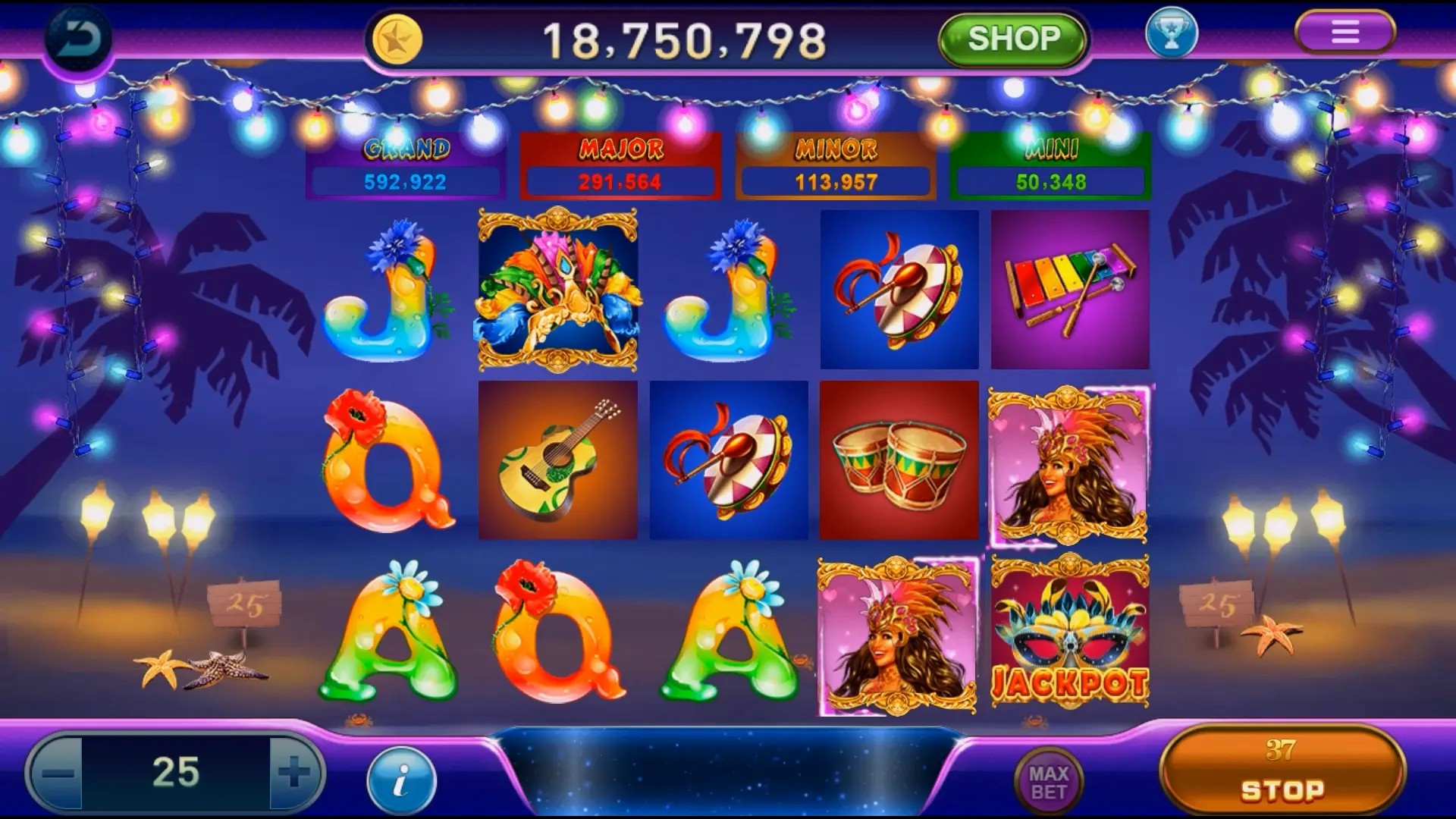The Wild Fusion: How Idle Meets Multiplayer in Modern Mobile Gaming
In today's fast-paced digital playgrounds, gaming trends often blend like ingredients thrown into a blender – sometimes you get smooth juice, sometimes you get lumpy regret. One strange but surprisingly effective mixture taking the world by storm is idle games mixed with multiplayer insanity. Think of those mindless "tap to grow your cookie empire" style clickers, only now...they're online. They talk back at you through chats or voice comms. And worse yet, there’s probably a boss fight where your neighbor joins and ruins everything just because she forgot her coffee.
The real twist, though? It somehow works – really, really addictively. Players stuck grinding virtual dough for hours aren't even mad when their best friend logs on and starts spamming memes during what was meant to be peaceful farm maintenance time.Check here for top multiplayer idle RPG apps.
From Pointless Grinds to Chaos Theory
Idle games historically offered a weirdly satisfying kind of mental relaxation that felt like feeding birds while lying under a tree—peaceful yet oddly fulfilling. The concept of “progress through absence" worked beautifully for busy players needing short mental breaks between meetings. However, someone in a studio covered with neon stickers and energy drink cans said one day, “Okay… But what if we made it impossible not to look at the screen? Like ever."
- Daily Login Competitions
- Clan Boss Raid Calendars
- Cheeky Friend Invitations to Speed up Crafting
Boss monsters with three-day respawn timers and live player-driven crafting exchanges slowly mutated these simple systems into something barely recognizable. No longer could players just walk away feeling satisfied—their guildmates expected performance stats updates before midnight. Their grandma had a side alt account in some dark wizard subserver they never agreed upon. Their phone kept buzzing like an angry wasps’ nest because Karen-from-the-discord chat thought someone was “cheating via premium boost abuse". Welcome to modern day casual war crime simulations.
Beware! Horror Adds Drama (And Screaming) to Progress Systems
What started as spooky night modes occasionally tacked onto Halloween updates has now become full-fledged horror game crossover nightmares. Suddenly, tapping cows in pajamas feels way less safe when clicking that cow triggers a five-hour audio narration about cursed dairy farms that used to be family-owned. Or maybe worse, a timed “panic bar" that makes the character jump-scare the moment you let go after too long offline play sessions. Because apparently people don’t panic enough while doing laundry with half a cupcake factory automated in their pocket devices already.
- Ghosts interrupt progression unless completed within scary challenges window.
- Ambient恐怖背景音乐自动开启 when low stamina levels detected. *Not optional. *Doesn’t pause during bathroom emergency.*
- Mentally Scarring Dialogue from NPCs like "Don't you trust me, partner?" when choosing resource allocation paths.
One such title recently banned its own CEO from company devices permanently after a bug caused him to cry mid-presentation because an old save file had his late pet cat listed in quest characters named Mr Whiskers the Eternal Flame Keeper. Traumatizing. Addicting. Probably breaking privacy laws.
Why People Love (and Hate?) This Genre Shift
- Addictiveness Factor: Firebase servers scream for connection, and humans obey. You simply stop questioning why this farming simulator has mandatory co-op mode.
- Fear of Missing Out: If you’re not logging daily, some kid somewhere else builds an unstoppable slime army. Forever altering meta.
- Weirdly Emotional Tropes: Care packages gifted between accounts. Sad little animations for offline friends. NPC marriage plotlines based around server stability reports.
🎮 Social Time Sinks vs Traditional Play Models:
| Traditional Offline RPG Game | Social Idle Hybrid Model | |
|---|---|---|
| Progress Speed If You Pay Attention: |
Mechanical Advancement Rate (👄 4 units/hour) | Hugely Influenced By Online Friends/Comrades (+83% with 5 simultaneous logins) * |
| Play Motivations | User-Defined Pacing | Peer Competition Dynamics Dominate All Choices |
| Data Storage Needs | Self-Saved State Only | Live Database Across All Connected Accounts |
| *Based on limited internal research. No slimes harmed during findings. | ||
Is There An End Goal For These Kinds of Games?

You might be forgiven to think all this genre confusion would eventually hit the wall, collapse from feature creep poisoning like so many failed MMORPG attempts in history. Yet here we stand – with mobile games combining the soothing rhythm clicks with chaotic group decision-making processes better handled in therapy sessions instead.
The answer seems disturbingly simple: engagement hooks no longer follow predictable paths. Where developers once built towers to attract gamers like moths, they now build traps that feel suspiciously like friendship chains with escape rooms designed like cozy farms filled with suspicious chickens that whisper about your deepest secrets.
Still though…you log in every morning, check the messages. Maybe a buddy needs wood to repair a floating fortress gate destroyed last night during raid session gone horribly wrong involving an ill-advised cheese cannon.
Closing Notes and Final Observations
So where’s this whole movement heading? Honestly, I can already see studios working hard to fuse idle simulations with horror-based role-playing adventures supported via bluetooth-connected VR headsets that sync breathing data to improve fear effects. Because who doesn’t want monsters appearing only visible to you during train rides home after work stress?



